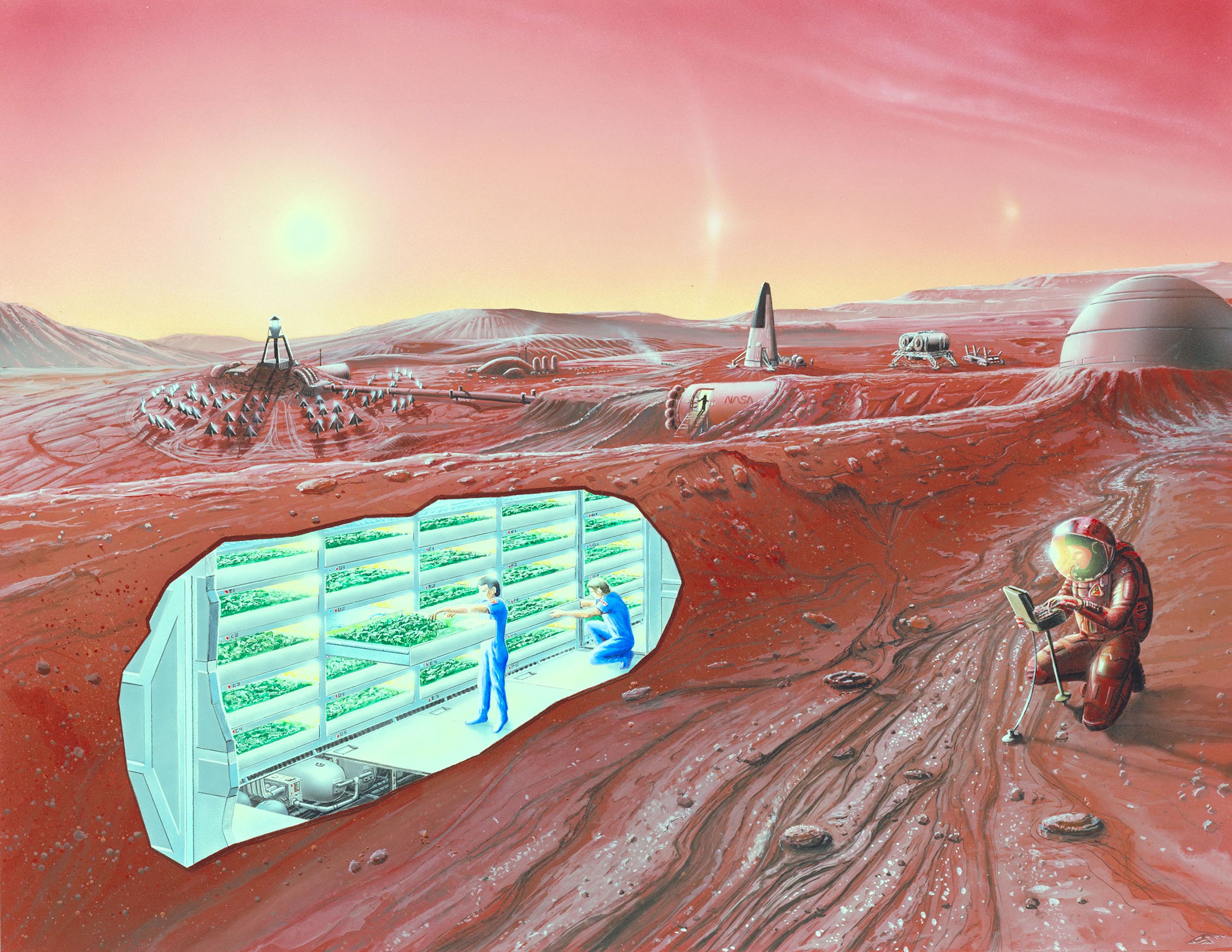Mary Lou Jepsen on building her laptop.
Question: What elements did you want to include in the laptop?
Jepsen: The elements that I wanted to include in the laptop, the most difficult thing was not achieving the price. The most difficult thing was achieving extremely low power consumption because half of the world’s children in very rough numbers live without ready access to electricity. And so we tried. We wanted to make a laptop and certainly we put it on the first laptop industrial design that we had a small crank on the side so that a child could crank to recharge the laptop. We still have that crank but moved it off board for reasons of ergonomics. But the target was to make a laptop such that when you crank for six minutes you get an hour of charge on the laptop. Subsequently, I added a solar panel. A student in India added cow power and cows walk around a rotor and charge up a car battery. But that was the big challenge how to make a really low power laptop and that’s sort of anti what’s been happening in the computer industry for the past 20, 30 years, 40 years really called Moore’s Law that basically doubles the transistor every 18 months but that also in effect doubles the-- the effect is to double the speed of it, the megahertz which doubles the power consumption because if something is moving faster it consumes more power. So the challenge was to figure out how to make a really low power laptop. By eliminating the hard disc we got rid of a lot of the power consumption. By moving to a 500 megahertz processor we got rid of a lot of the power consumption. By really rethinking the architecture of the motherboard we did but still you’re sitting with the average power consumption of a display being ten watts and to update the display another three or four watts. That’s killer so we had to rethink that screen completely which I convinced ultimately after a year and a half of trying one of the largest display makers in the world to take an external design. They had never done that before. What a display maker, an LCD maker usually does is change the diagonal and the number of pixels on the screen and ships that out because it’s very expensive to design a new screen and when they do it they want to sell lots of them and they’re very risk averse about taking new designs.
Question: Why have computer companies focused only on the top billion customers?
Jepsen: Yeah, it’s been pretty clear. I mean the return on investment of the R&D, the innovation is at the bottom of the pyramid and sort of what we traditionally do for research efforts or new efforts is sort of invest at the top of the pyramid, very expensive, very high end, a couple of demos, and then maybe the top segment of the population can buy the stuff in five years and it never hits the bottom of the pyramid and what we were trying the experiment at One Laptop Per Child and what we’re continuing at Pixel Qi is looking at the innovation at the bottom of the pyramid. For $30 million of our R&D expenditure we’ve created what analysts believe will be a $30 billion market just over the next three years. That’s 1,000-to-one return. Just little laptops will be 25 to 50 percent, laptops this kind of size will be 25 to 50 percent of the market in two years. There will be ten to 15 million units that ship years, 30 million next year, 60 million. It’s 1,000-to-one return. Silicon Valley, the whole venture capital system is based on sort of a ten-to-one return. Well we’re like 1,000-to-one return. It’s amazing. And so if you design things for everybody you can sell more of them and it’s a bigger market, so why not do it that way rather than sort of doing these very high end and very expensive things that thousands of people maybe can buy in the beginning and then more people can get.
Question: What is the difference between the XO and an Apple laptop?
Jepsen: Apple’s laptops don’t have very long battery life and if you drop them they break. Ours last a really long time and they don’t break, plus ours are sunlight readable. However, Apple’s stuff is-- Apple is an aspirational brand and very beautiful, high end stuff and there will always be a market for that sort of thing. But I think what we’re trying to show at Pixel Qi and we’re really focused on the screens, not making laptops. We’re making screens for OLPC and many other companies but what we’re trying to show is that you can make products that are just as exciting as an Apple iPhone or iBook but exciting and different ways, like they can be sunlight readable. They can look really cool. You can be proud to own them and proud to use them in a way that you are with your Apple product but it doesn’t have to cost $2,000.





